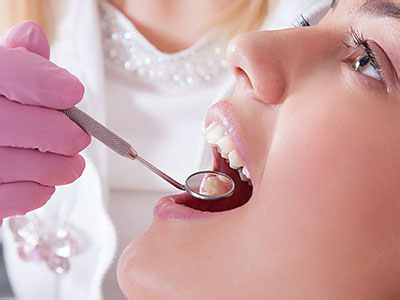What is a cosmetic filling?
A filling is the name of a dental procedure in which a material such as silver amalgam or a composite (white) filling is used to treat a decayed tooth. This material is inserted into the tooth where it then prevents the further spread of decay or repairs any damage.
This treatment stops the decay from spreading into the root where it will cause a serious infection, e.g. an abscess. This also removes the need for a tooth extraction.
The silver amalgam filling is the traditional type of filling which is composed of various metals such as copper, tin and mercury. This combination helps to retain the normal function of the tooth.
The composite white filling is a synthetic combination of acrylic resin and glass which has a white colour thereby enabling it to match the colour of the tooth. This is also chosen for aesthetic reasons as many people prefer to have fillings which match the rest of their teeth rather than the distinctive silver filling.
What are the reasons for composite fillings?
The main reasons are:
- Chipped teeth.
- Closing space between two teeth.
- Cracked or broken teeth.
- Decayed teeth.
- Worn teeth.
How are composite fillings placed?
Composite fillings are usually placed in one appointment.While the tooth is numb, your dentist will remove decay as necessary.The space will then be thoroughly cleaned and carefully prepared before the new filling is placed. If the decay was near the nerve of the tooth, a special medication will be applied for added protection.The composite filling will then be precisely placed, shaped, and polished, restoring your tooth to its original shape and function.
It is normal to experience sensitivity to hot and cold when composite fillings are first placed, however this will subside shortly after your tooth acclimates to the new filling.
You will be given care instructions at the conclusion of your treatment.Good oral hygiene practices, eating habits, and regular dental visits will aid in the life of your new fillings.

